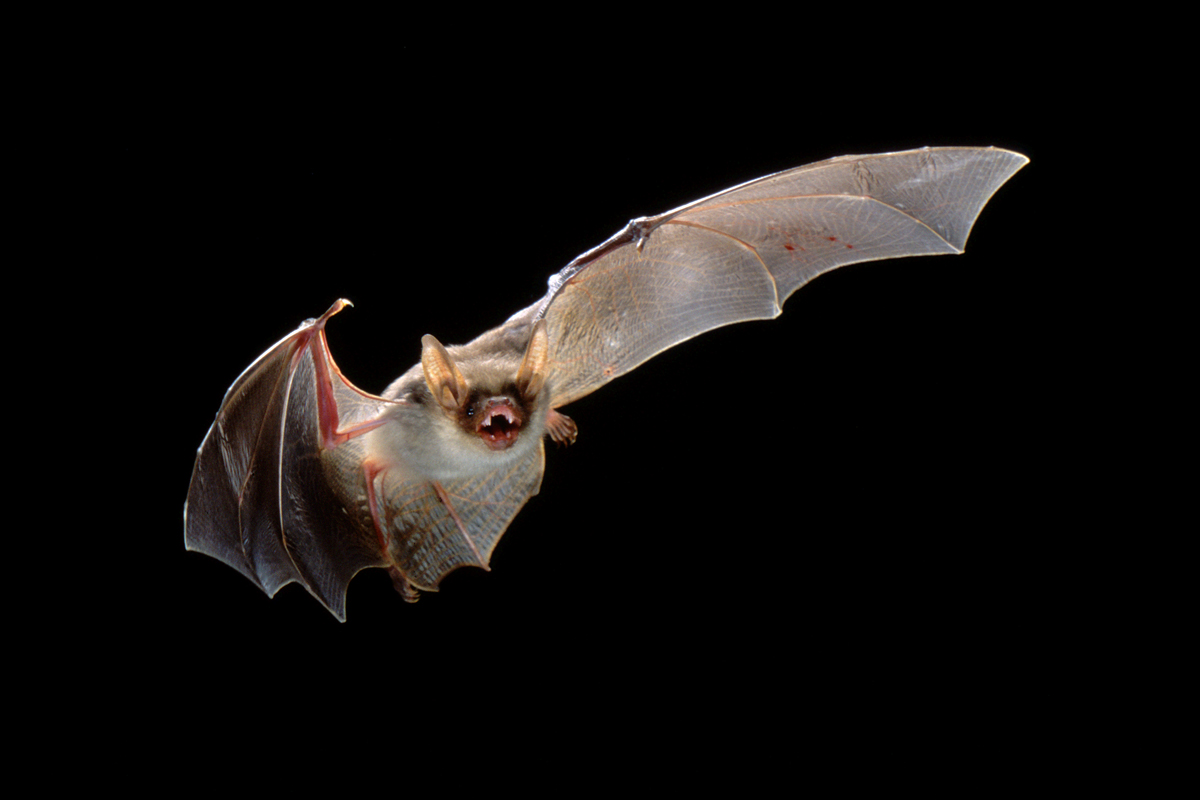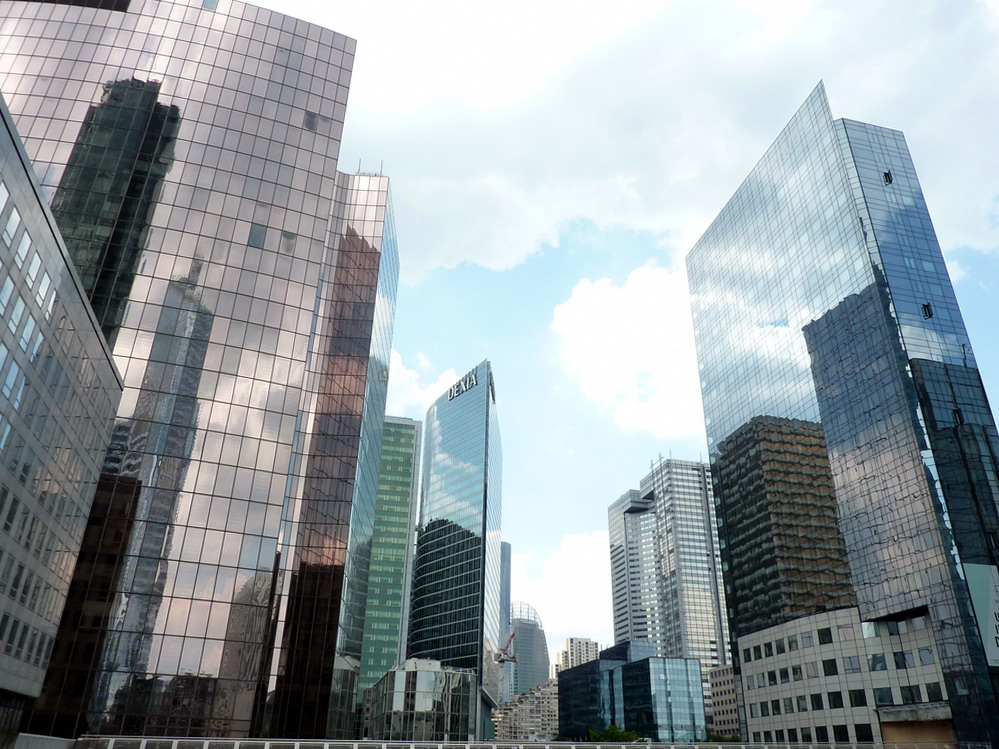
Insectivorous bats predominantly rely on their echolocation system to forage, orientate, and navigate. They somehow mistake smooth horizontal surfaces as water bodies and vertical smooth surfaces as clear flight paths, as these surfaces reflected away the echoes.

But what about the angle in between? Until what angle does bats perceive these surfaces as water bodies? Does different roughness of surfaces affect their ability to navigate too?

Besides their acoustic behavior, we want to check whether insectivorous bats rely on their vision too. Do they actually see polarized light like the fruit bats, or not? We will do so many interesting experiments; both in the laboratory and on the field, where we will modify these surfaces such as angle, type, color, or placement; to see how bats react to this surface, or they just simply collide into it. Can’t wait!
Exploitation at it best!
We know sometimes bats will just forage around street lamp as it obviously serve many insect preys. But how about smooth surfaces?
Horvath Gabor previously stated that aquatic insects attracted to and somehow trapped around smooth surfaces (like Biology buildings in ELTE), but do bats actually exploit these phenomena like birds did?
So, for this part, we want to check bats-insects interaction around these common objects. How bats forage and exploits around these surfaces, that’s the main questions.